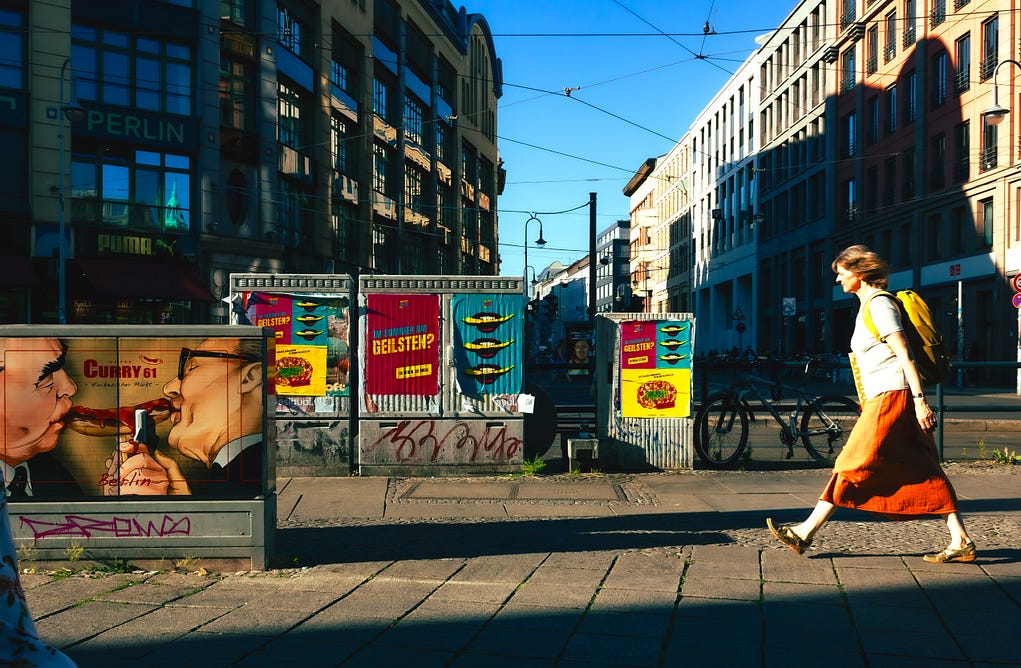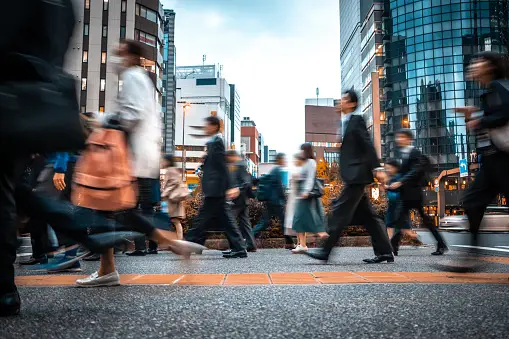Street Photographers Fundamentals Explained
Street Photographers Fundamentals Explained
Blog Article
Fascination About Street Photographers
Table of ContentsFacts About Street Photographers UncoveredNot known Facts About Street PhotographersThe smart Trick of Street Photographers That Nobody is DiscussingExcitement About Street PhotographersExamine This Report on Street Photographers
Road photographers do not always have a social function in mind, however they prefer to isolate and capture minutes which might or else go unnoticed.Though he was influenced by most of those who affected the street digital photographers of the 1950s and '60s, he was not chiefly interested in capturing the spirit of the street. The impulse to aesthetically record individuals in public began with 19th-century painters such as Edgar Degas, douard Manet, and Henri de Toulouse-Lautrec, who functioned side by side with professional photographers trying to capture the significance of city life.

Provided the fine high quality of his pictures and the breadth of product, architects and musicians frequently acquired Atget's prints to utilize as recommendation for their own job, though business interests were rarely his main inspiration. Rather, he was driven to photo every last remnant of the Paris he liked.
Street Photographers - An Overview
They disclose the city with his eyes. His job and basic understanding of digital photography as an art form worked as ideas to generations of professional photographers that followed. The next generation of road professional photographers, though they likely did not refer to themselves because of this, was ushered in by the photojournalism of Hungarian-born digital photographer Andr Kertsz.
Unlike his peers, Brassa utilized a larger-format Voigtlnder electronic camera with a much longer exposure time, compeling him to be extra computed and thoughtful in his technique than he might have been if using a Leica. (It is thought that he may not have had the ability to afford a Leica during that time, yet he did, nonetheless, make use of one in the late 1950s to take colour pictures.) Brassa's photographs of the Paris underworld lit up by artificial light were a revelation, and the collection of the series that he released, (1933 ), was a significant success.
Cartier-Bresson was a champ of the Leica camera and among the first photographers to maximize its abilities. The Leica allowed the digital photographer to connect with the surroundings and to capture moments as they happened - Street Photographers. Its relatively little dimension additionally assisted the digital photographer fade right into the history, which was Cartier-Bresson's favored technique
5 Simple Techniques For Street Photographers
It is due to this fundamental understanding of the art of image taking that he is often attributed with discovering the tool all over once more about a century given that its innovation. He took pictures for greater than a half century and affected generations of photographers to trust their eye and instinct in the moment.
These are the concerns I shall try to respond to: And afterwards I'll leave you with my very own meaning of street digital photography. Yes, we do. Allow's begin with defining what a definition is: According to it is: "The act of defining, or of making something guaranteed, unique, or clear".
No, definitely not. The term is both restricting and misinforming. Seems like a street photography should be photos of a roads right?! And all road photographers, with the exception of a little number of published here outright novices, will completely value that a road is not the crucial element to road photography, and actually if it's a photo of a street with possibly a couple of uninteresting individuals not doing anything this page of interest, that's not road photography that's a photo of a road.
He makes a legitimate factor don't you think? While I agree with him I'm not sure "candid public digital photography" will capture on (although I do kind of like the term "candid digital photography") since "road photography" has been around for a long time, with many masters' names connected to it, so I believe the term is here to remain.
See This Report about Street Photographers
You can shoot at the coastline, at a festival, in a street, in a park, in a piazza, in a cafe, at a gallery or art gallery, in a metro station, at an occasion, on a bridge, under a bridge ...
Yes, I'm afraid we scared no choice! Without regulations we can not have an interpretation, and without an interpretation we don't have a style, and without a category we don't have anything to specify what we do, my site and so we are stuck in a "guidelines interpretation genre" loop! - Street Photographers
Street Photographers Things To Know Before You Buy

Report this page